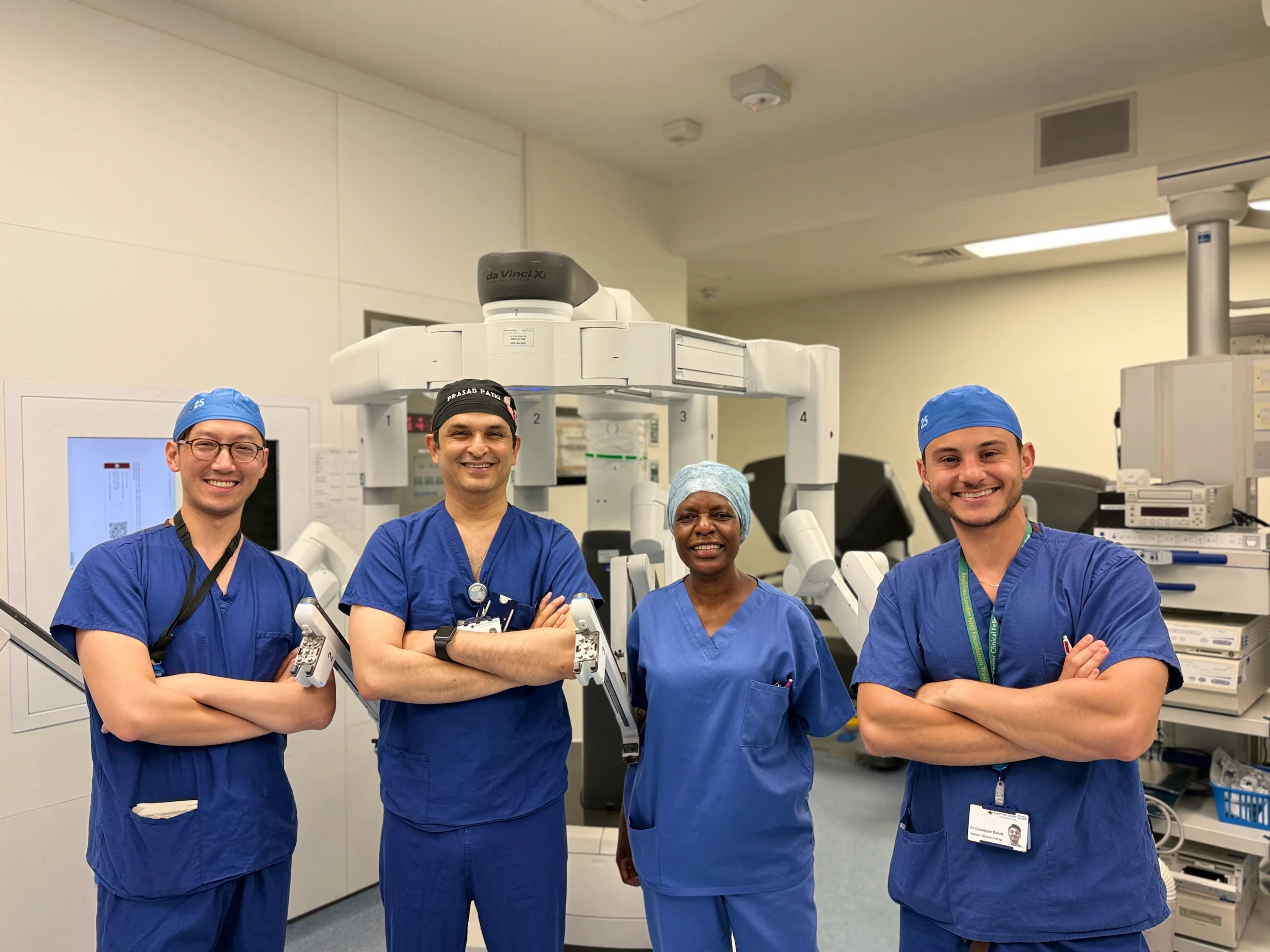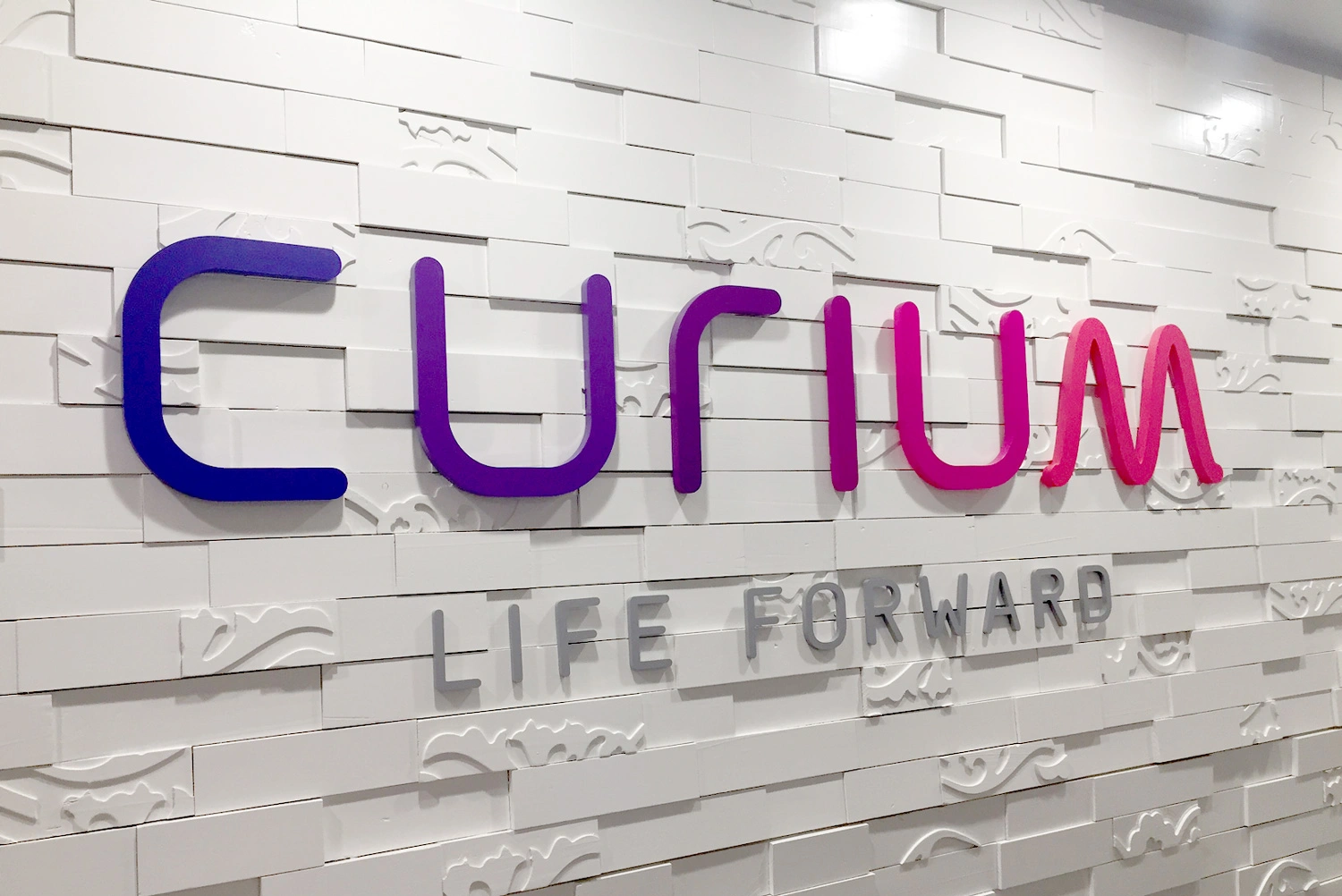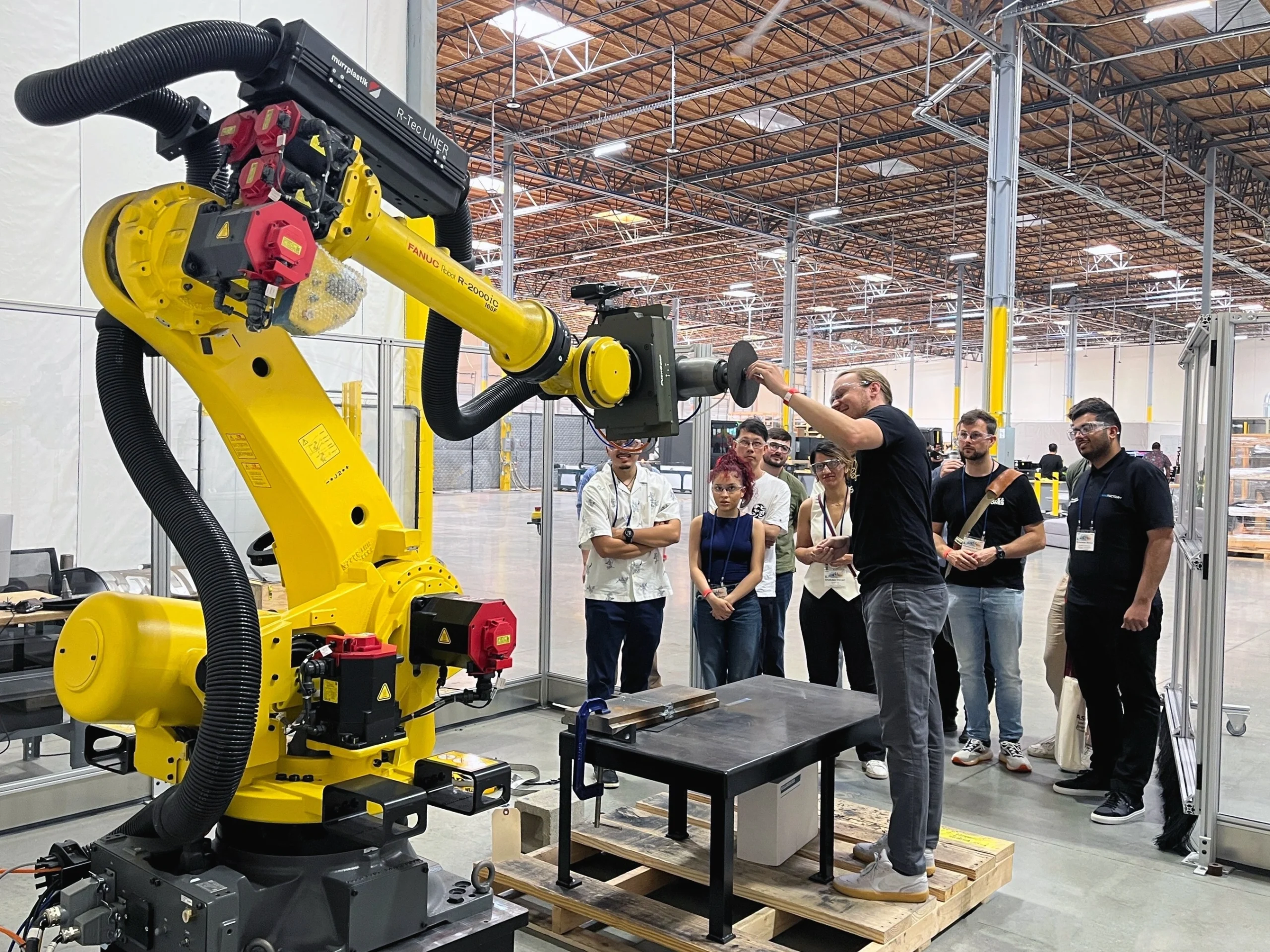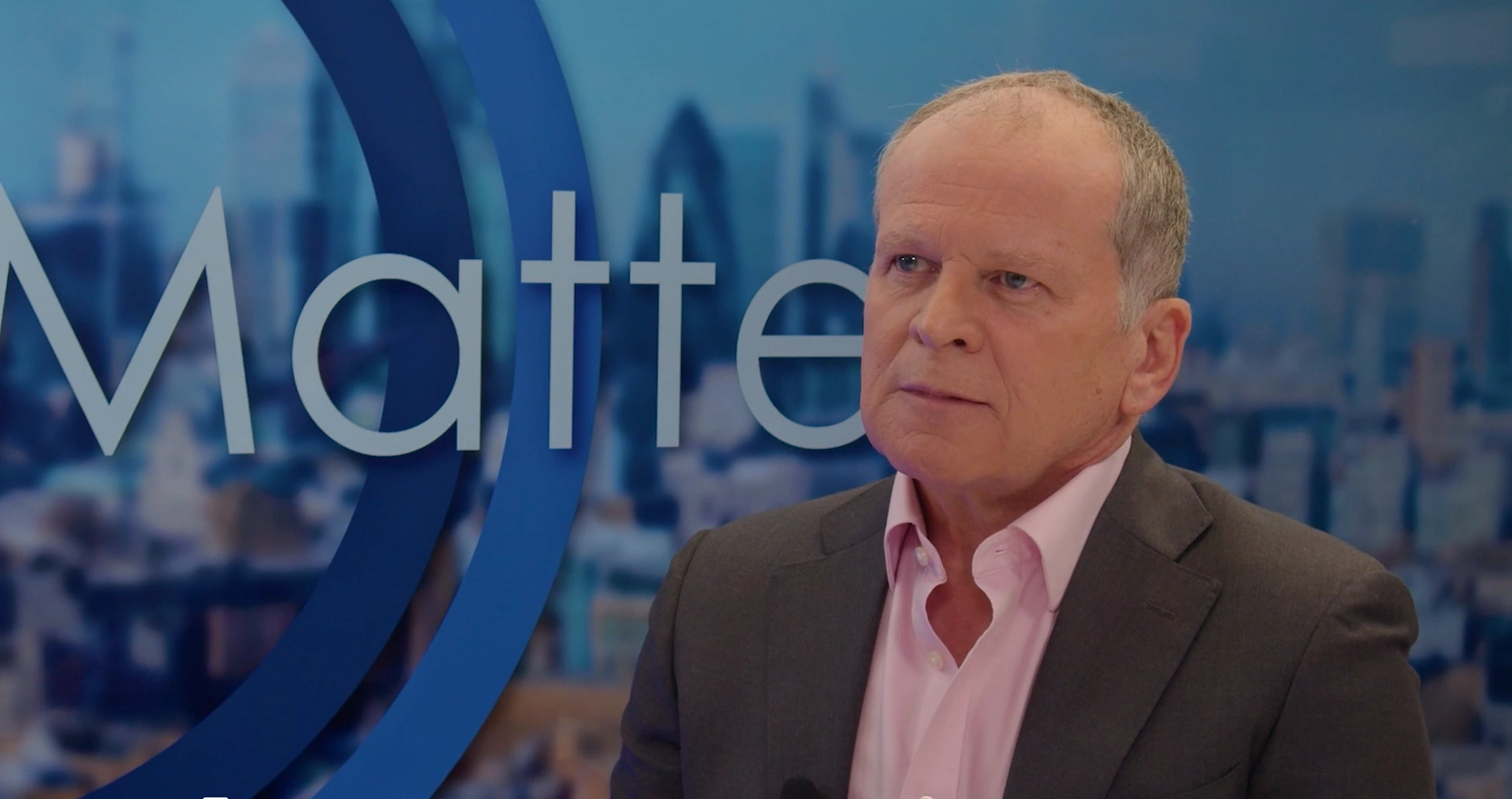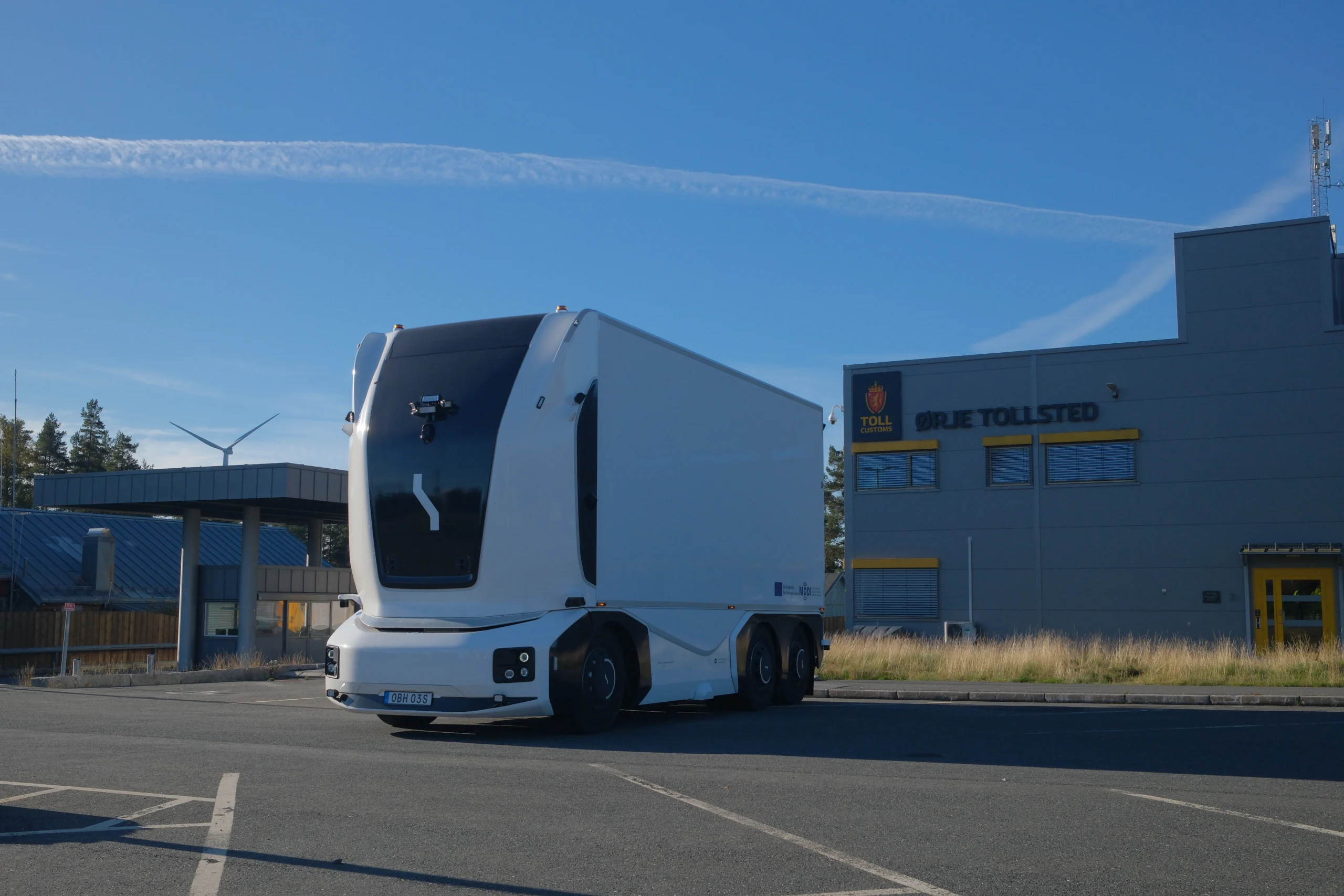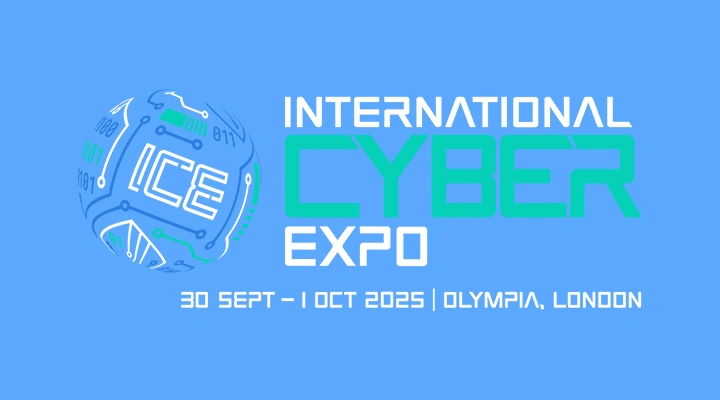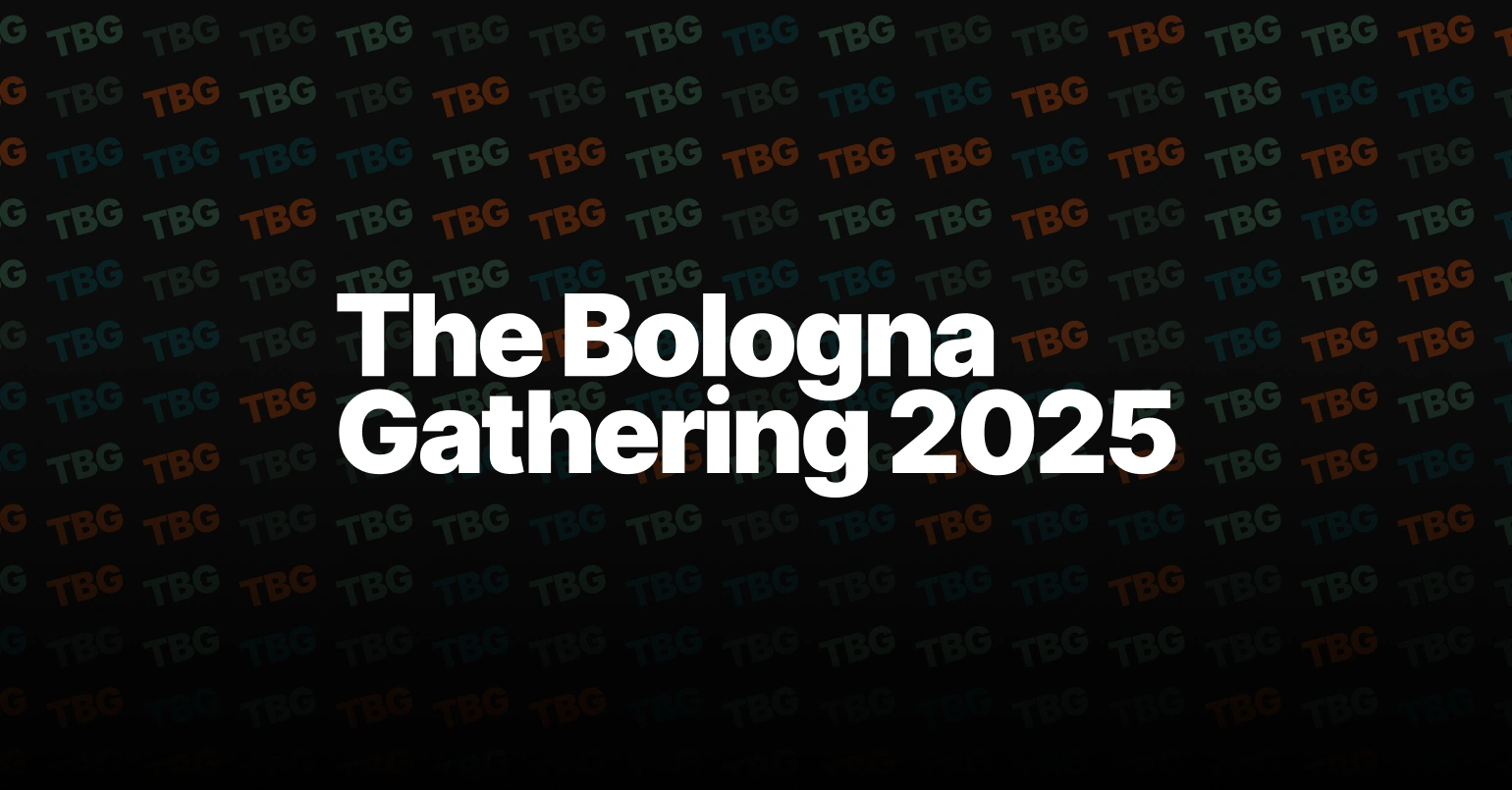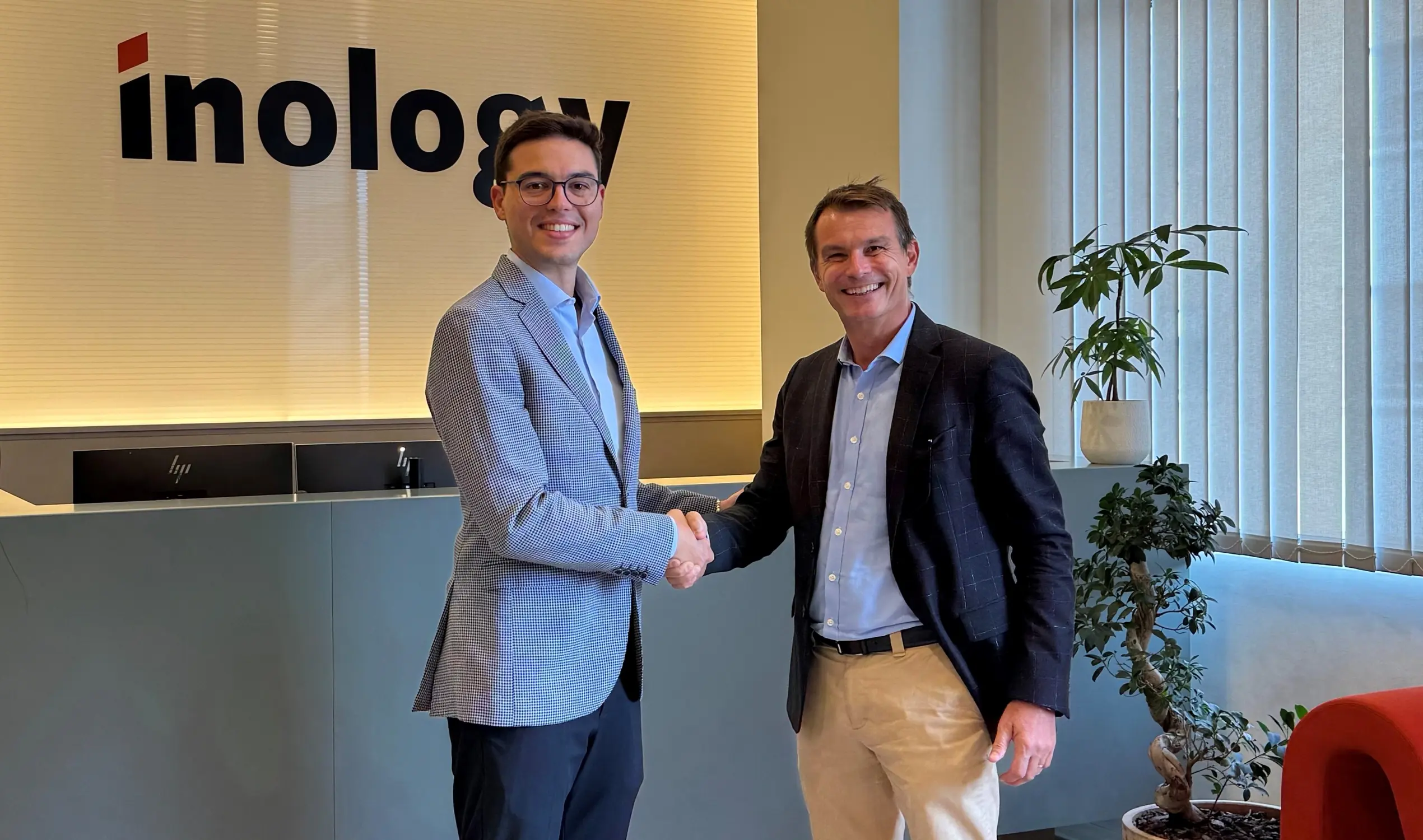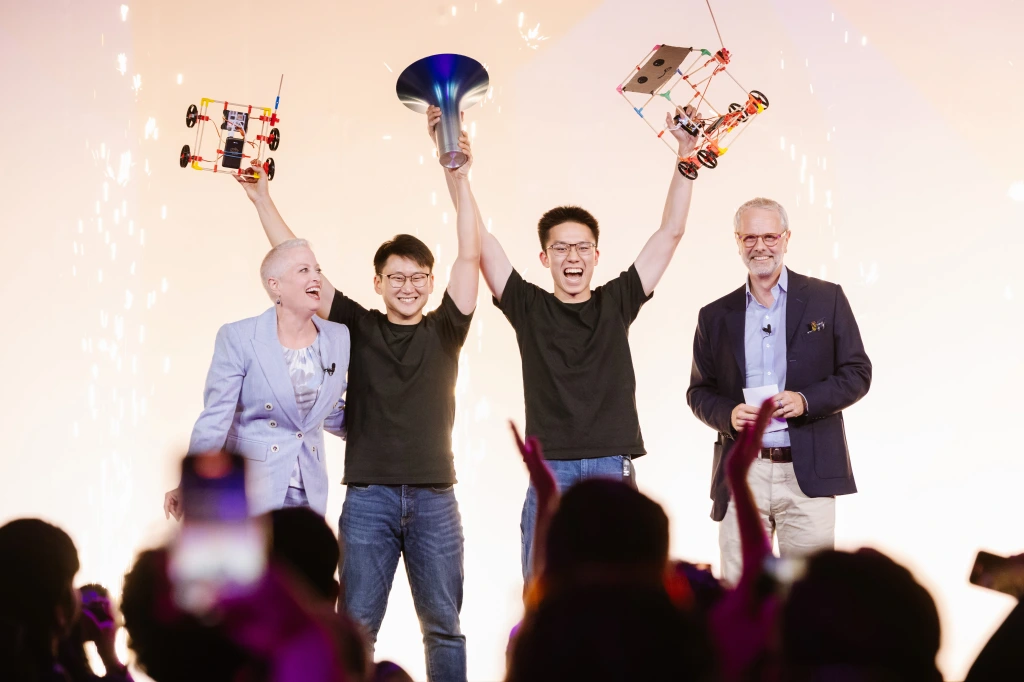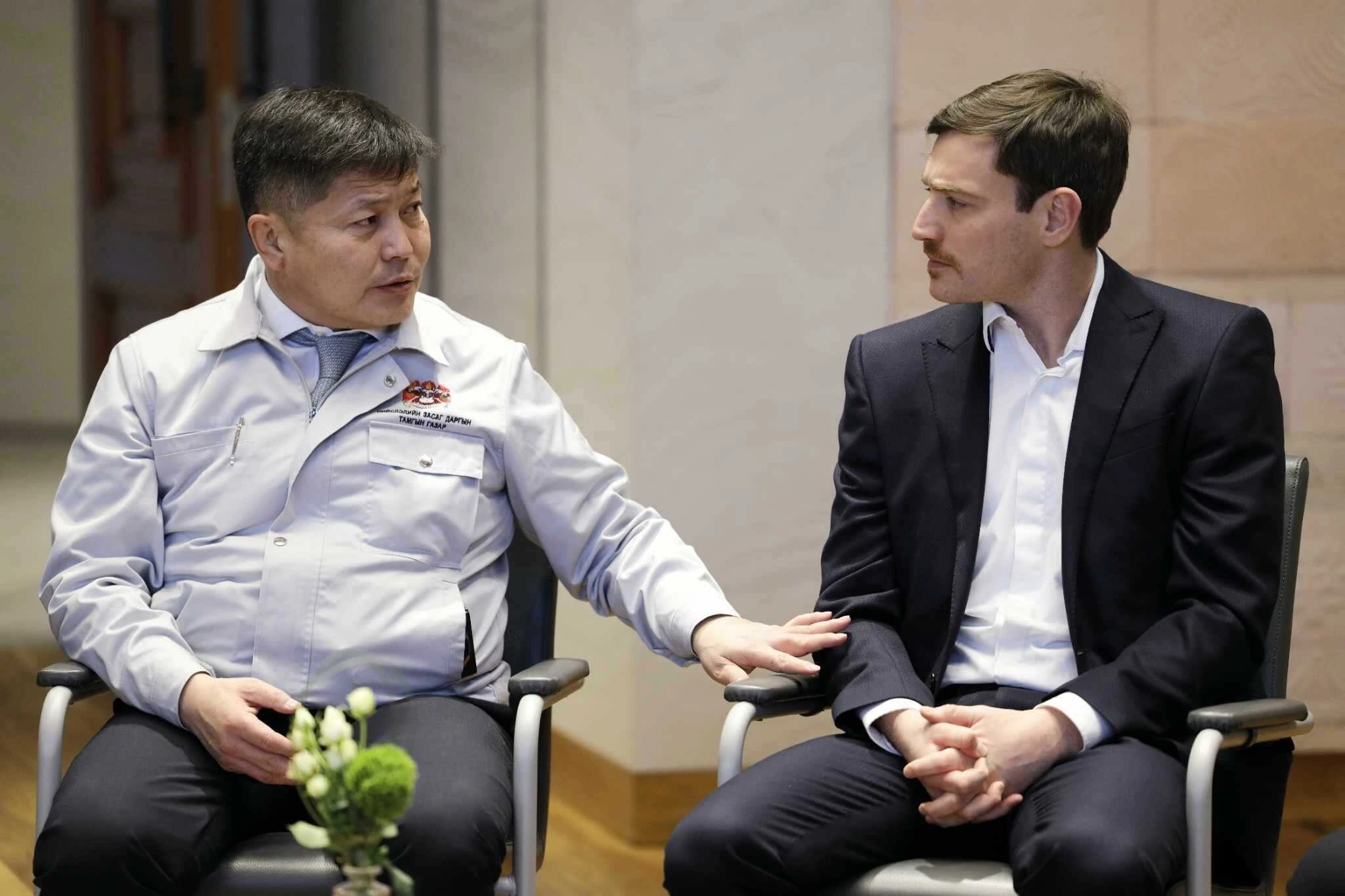Powering the people

John E. Kaye
- Published
- Home, Technology

Mark Croucher and Simon Mould of Oaklin highlight the importance of putting people at the heart of digital transformation
The terms “digital” and “digital transformation” have become so ubiquitous in recent years that their meaning is no longer clear. Executives across the globe are wrestling with how to “digitally transform” their organisations, often in response to the threat of market disruption, the “great resignation” and customer exodus, but are struggling to articulate what it actually requires of their business.
To find out exactly what this all means and how it should be implemented, The European caught up with Mark Croucher, leader of the customer experience and service design practice at Oaklin, and Simon Mould, leader of Oaklin’s transformation architecture practice.
What does digital transformation mean to you?
Simon Mould: Digital transformation is best defined as the strategic and tactical exploitation of technology to solve a business challenge, be that to underpin a drive for efficiency, effectiveness and/or disruption. And it’s nothing new, despite the hype, organisations have been transforming digitally since the advent of the word processor!
At Oaklin, digital transformation really means “how can my business use this new wave of digital technology to improve the way we interact with our customers, and enable our people?”
Mark Croucher: We are seeing exponential advancements in five core technology enablers: mobile, IoT, cloud, big data and artificial intelligence. These underpin many of the emerging “disruptive technology” applications we see today, threatening to challenge the status quo in many businesses. When applied to solving a specific business problem, each has the potential to completely revolutionise the way individuals and organisations buy, work, learn, and communicate with each other. At Oaklin we help organisations to understand and embrace these technology enablers, to unlock the maximum business value for those embracing the change. From our perspective, that value is almost exclusively related to the impact on the people involved – the customers and the employees.
“We’ve recently supported an automotive startup to develop
MARK CROUCHER
an innovative direct-to-consumer retail and service model”
Can you elaborate more on the impact of digital transformation on people?
SM: In short, digital transformation has enabled people to be much more flexible in their work location and patterns. Many organisations are struggling to adapt to this new “location hybrid” which became cemented during recent years, but which has been maturing for much of the last 15 years.
Alongside this, the recent acceleration of artificial intelligence has highlighted the increasing opportunity to use machines to do more of the heavy lifting (for example as we’ve seen with the rapid improvements in optical character recognition, and more recently with drafting content), allowing people to focus
their efforts on tasks better suited to their brain’s creativity and problem-solving strengths. We see this as the emergence of a new “human plus” intelligence hybrid, a digitally-driven step-change in the way we work which directly impacts the people at the heart of our organisations.
MC: Digital transformation has also created a new battleground for customers, where organisations that are able to meet and exceed customer expectations will thrive. We are deep into the “age of the customer”, in which digitally-mature disruptors, including household names such as Airbnb and Uber, have driven customer expectations to new heights. Customers demand that organisations are always available, whilst providing a consistent, convenient and personalised experience. Customers have more choice (the global market) and information (instant access to product reviews and price comparisons) than ever before, and customers who receive a bad experience will not just tell you, they will tell the world. Social media has amplified the voice of the customer, and opinions from friends and peers hold huge influence.
Meeting and exceeding these expectations by delivering relevant, seamless personalised experiences has never been harder. Customers have so many channels on which they can interact with brands, and they are taking complex, non-linear journeys to achieve their goals. Organisations with out-dated technology and siloed operating models are simply struggling to keep up.

And how are you helping organisations to respond?
MC: At Oaklin we help organisations become customer-centric. Organisations must accept that customers don’t buy in a vacuum or in single moments, but within complex chains of inter-connected interactions. By centring around the customer, they can consider all the interactions they might have. This shifts the perspective from an internal organisation or product, outwards to the customer. We support our clients using proven techniques such as service design and design thinking, helping to build empathy with customers and to design experiences that customers will really want and enjoy.
It doesn’t stop there. Not only must organisations increase their understanding of customers’ needs, designing front-end experiences that meet their expectations, they must also exploit the underpinning businesses and technology platforms that can orchestrate these experiences.
We’ve recently supported an automotive startup to develop an innovative direct-to-consumer retail and service model. Our team was central to the first customer milestone, enabling customers to specify and reserve their vehicle online. We utilised our end-to-end service design approach to deliver a leading experience for customers, resulting in a successful, award-winning launch which went above and beyond all expectations.
“The winners in the future of work will undoubtedly be those organisations who
Simon Mould
enable the most effective collaboration – between employees and
customers directly – and between people and machines”
SM: There has been a seemingly endless debate across social media about whether professional workers should return to the office or retain the increased flexibility that many have enjoyed in recent years. This, coupled with the ChatGPT-led a step change in the appreciation of how AI might impact the way we work, strongly hints at the tremendous opportunity organisations have to change the way their people and teams work and interact. Getting the right formula can have transformational results. Here at Oaklin, we’re supporting organisations to navigate a pragmatic path through these opportunities.
Most business leaders know implicitly that a blanket return to five days per week in the office for everyone is neither practical, nor likely to yield real productivity gains. Transforming the way we all work requires a far greater degree of granularity than this, appreciating when the work to be done requires collaboration (most often more effective in an office) and when it can be best performed in isolation (for example at home). Whilst advances in AI are showing us all how machines might replace many of the human-led tasks today, the winners in the future of work will undoubtedly be those organisations who enable the most effective collaboration – between employees and customers directly – and between people and machines.
Oaklin is supporting numerous organisations to consider how the fundamental architecture of their business can adapt to this need for a more nuanced collaboration-led working environment. Technological innovation must certainly play a part, for example creating and maintaining an integrated core of secure, contextualised, accessible, and reliable knowledge from which to enable this collaboration. Businesses also need to look at new tools to streamline processes and interactions and put in place the next generation office environment to better enable the location and intelligence hybrids. However, without parallel changes to the culture of the organisation, and the skills and capabilities of managers at all levels, any investment in this new digital technology may be in vain.
Enhancing productivity when individuals are more empowered to choose when and where they work, and when machines form part of that productivity chain, requires a shift in every individual’s relationship with the knowledge that powers collaboration. This is a shift from information flowing around the business, to the business flowing around the information. Beyond this, the transformation of the workplace must also include the wholesale transformation of the way we manage people and teams. Providing the next generation of managers with the policies, skills, tools, culture and confidence to shape and steer the work being done will be essential.

Mark, is the business change also as important as the technology change when adapting to meet customer expectations?
MC: As Simon has just alluded to, getting the technology to work is perhaps the easy bit. To truly deliver for customers (and indeed employees), an organisation might need to change processes, hire individuals with different skills or completely change how they operate. We are working with some clients who are completely re-organising their operating models to achieve true customer centricity.
This might mean evolving to a product and platform operating model (where teams own a product or service end-to-end and have all the skills required in the team to deliver), or organising around the customer journey (with senior leaders and teams taking sole responsibility for the customer and the metrics at a particular stage in the journey). A recent example required a single team to own the “conversion” stage of a purchase journey, with all their effort being focused on increasing conversion rates and minimising drop off rates, drawing on cross-journey teams to ensure brand consistency throughout the journey.

Finally, any last tips for organisations on their digital transformation journeys?
MC: Change is hard. Digital transformations, whether to deliver a new business model or open new revenue streams, ask people to change how they work day-to-day, and result in a change to the cultural fabric of an organisation. Any such complex transformation requires incredibly strong leadership, and a longer-term view of the change to be managed.
In our view, it is vital for senior leaders to create a clear and compelling vision, and to be active and visible in embedding it within the organisation. Consistent communication of the emerging messages is vital. The vision, the “why” and the “what” of the transformation, must be communicated in the language of the business (not the boardroom), empowering teams, managers and individuals to shape changes to their work that will deliver the organisation’s overall goal. In this way, senior business leaders can shape a change-ready environment, trusting the business to adapt to deliver the transformation.
SM: Alongside this, it is increasingly important for leaders to adapt a more agile mindset, becoming more willing for their organisations to be early in the adoption of new digital technologies. They must be comfortable with a “fail fast” investment regime, and put in place the required collaboration and knowledge-centered cultural changes to ensure enduring success.
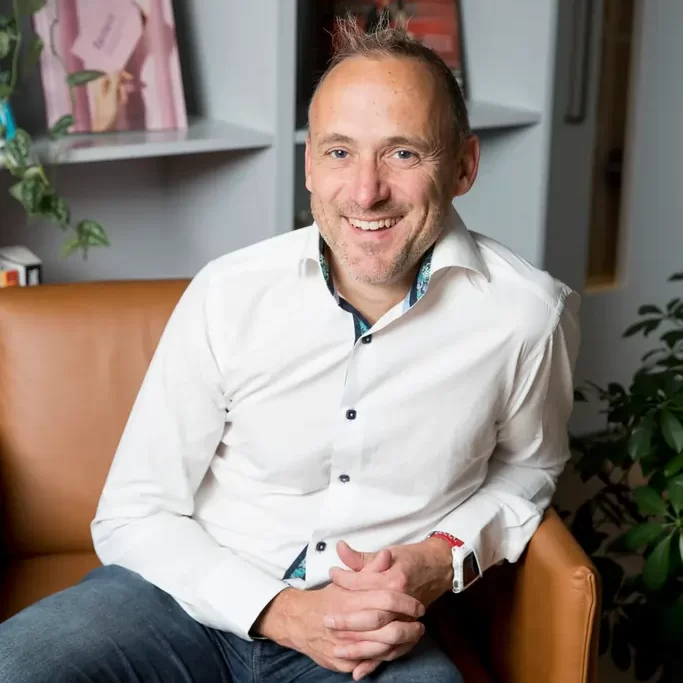
Simon Mould
Simon has been shaping and leading people-led change in major organisations for over 20 years. His extensive cross-sector experience through this time draws together his expertise in the application of business strategy, transformation architecture, cultural change and change management. Simon leads Oaklin’s transformation architecture practice and is at the forefront of their work in supporting the firms’s clients to exploit today’s hybrid working opportunities.

Mark Croucher
Mark is an experienced digital transformation leader with expertise delivering new products and services across a wide variety of industry sectors. He leads the customer experience and service design practice at Oaklin, supporting clients with digital and product strategy, product design, and agile delivery, most recently successfully supporting an automotive startup launch their e-commerce platform.
ABOUT OAKLIN
Oaklin is a full-service management consulting firm. The firm creates bold ideas and delivers effective solutions that bring about lasting and successful change. Oaklin achieves this by connecting strategic intent with business outcomes. Their creativity drives innovation, and their focus on delivery drives results. For over a decade Oaklin have delivered solutions in many industries, from global multinationals to startups, across the private and public sectors.
To find out more head to oaklin.com
Sign up to The European Newsletter
RECENT ARTICLES
-
 AI innovation linked to a shrinking share of income for European workers
AI innovation linked to a shrinking share of income for European workers -
 Europe emphasises AI governance as North America moves faster towards autonomy, Digitate research shows
Europe emphasises AI governance as North America moves faster towards autonomy, Digitate research shows -
 Surgeons just changed medicine forever using hotel internet connection
Surgeons just changed medicine forever using hotel internet connection -
 Curium’s expansion into transformative therapy offers fresh hope against cancer
Curium’s expansion into transformative therapy offers fresh hope against cancer -
 What to consider before going all in on AI-driven email security
What to consider before going all in on AI-driven email security -
 GrayMatter Robotics opens 100,000-sq-ft AI robotics innovation centre in California
GrayMatter Robotics opens 100,000-sq-ft AI robotics innovation centre in California -
 The silent deal-killer: why cyber due diligence is non-negotiable in M&As
The silent deal-killer: why cyber due diligence is non-negotiable in M&As -
 South African students develop tech concept to tackle hunger using AI and blockchain
South African students develop tech concept to tackle hunger using AI and blockchain -
 Automation breakthrough reduces ambulance delays and saves NHS £800,000 a year
Automation breakthrough reduces ambulance delays and saves NHS £800,000 a year -
 ISF warns of a ‘corporate model’ of cybercrime as criminals outpace business defences
ISF warns of a ‘corporate model’ of cybercrime as criminals outpace business defences -
 New AI breakthrough promises to end ‘drift’ that costs the world trillions
New AI breakthrough promises to end ‘drift’ that costs the world trillions -
 Watch: driverless electric lorry makes history with world’s first border crossing
Watch: driverless electric lorry makes history with world’s first border crossing -
 UK and U.S unveil landmark tech pact with £250bn investment surge
UK and U.S unveil landmark tech pact with £250bn investment surge -
 International Cyber Expo to return to London with global focus on digital security
International Cyber Expo to return to London with global focus on digital security -
 Cybersecurity talent crunch drives double-digit pay rises as UK firms count cost of breaches
Cybersecurity talent crunch drives double-digit pay rises as UK firms count cost of breaches -
 Investors with €39bn AUM gather in Bologna to back Italy’s next tech leaders
Investors with €39bn AUM gather in Bologna to back Italy’s next tech leaders -
 Axians and Nokia expand partnership to strengthen communications infrastructure across EMEA
Axians and Nokia expand partnership to strengthen communications infrastructure across EMEA -
 Forterro buys Spain’s Inology to expand southern Europe footprint
Forterro buys Spain’s Inology to expand southern Europe footprint -
 Singapore student start-up wins $1m Hult Prize for education platform
Singapore student start-up wins $1m Hult Prize for education platform -
 UK businesses increase AI investment despite economic uncertainty, Barclays index finds
UK businesses increase AI investment despite economic uncertainty, Barclays index finds -
 Speed-driven email security: effective tactics for phishing mitigation
Speed-driven email security: effective tactics for phishing mitigation -
 Short circuit: humanoids go for gold at first 'Olympics for robots'
Short circuit: humanoids go for gold at first 'Olympics for robots' -
 New IBM–NASA AI aims to forecast solar flares before they knock out satellites or endanger astronauts
New IBM–NASA AI aims to forecast solar flares before they knock out satellites or endanger astronauts -
 AI is powering the most convincing scams you've ever seen
AI is powering the most convincing scams you've ever seen -
 British firm Skyral to help Mongolia tackle pollution with AI traffic modelling
British firm Skyral to help Mongolia tackle pollution with AI traffic modelling



